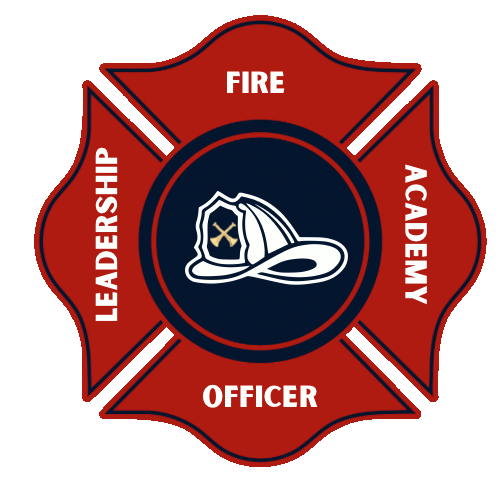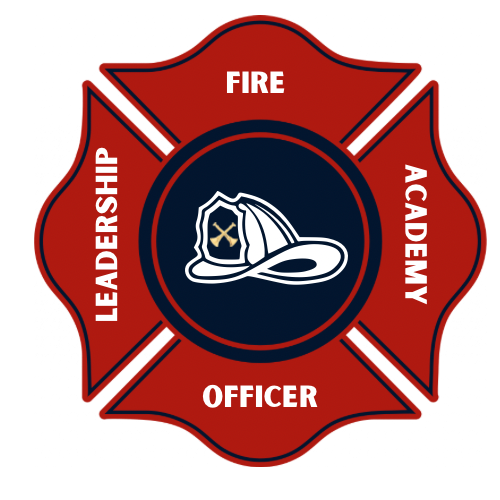Leadership on Fire
Training teaches a particular skill or behavior whereas development is the process of growing. Consequently Leadership development is a critical component of personal and organizational success, and for succession planning. Far too many organizations discuss the latter but do nothing about succession planning until it is too late. Delaying career and leadership development allows for the building and reinforcement of toxic habits.
Gallop reports that 83% of organizations believe it is important to develop leaders, but only 5% of those organizations have a leadership development plan.
In a survey by Forbes, 90% of the leaders stated that they were not prepared for the role that they stepped into.
WHAT IS YOUR ORGANIZATION DOING TO PREPARE AND DEVELOP LEADERS?
Leadership on Fire provides an in-depth study of character, personal growth and development, handling personnel problems and conflict, change management, situational awareness, and decision making. The content is drawn from Rick’s book, The Furnace of Leadership Development and licensed material from the John Maxwell Certified Leadership Team. This package may be delivered as individual segments or as a complete package.
ANCHOR POINT: Character in Leadership
RAISING THE LADDER: Personal Growth & Development
Leadership in the Hot Zone: Leading Through Communication, Containment, & Improvement
MANAGING CHANGE & TRANSITION
Command Decisions: Thinking Fast When Seconds Count
Fires, power outages, catastrophic equipment failures, severe weather, and many more demanding and stressful situations require quick decision-making. Circumstances like this demand your complete and undivided attention. Failing to function and make decisions in dynamic environments leads to lost productivity, decreased efficiency, and the potential for injury or loss of life. However, the type of decision-making addressed in this leadership seminar is not taught in most college and university classes.
Command Decisions: Thinking Fast When Seconds Count reveals three elements contributing to stressful decision making:
- Environmental influences on decision making, i.e., weather, noise, physical surroundings, etc.
- Impacts of human factors on decision making.
- Effects of individual training, experience, and education on decision making.
Command Decisions: Thinking Fast When Seconds Count teaches decision-making models that allow you to successfully operate in demanding, quick-paced environments. Drawing from Rick’s experiences in the military and fire service this seminar teaches recognition primed decision making (RPDM) Colonel John Boyd’s OODA Loop (observe-orient-decide-act).
"I have had the privilege of knowing Rick Davis in both the professional and personal world. His continual mentorship has helped shape me as a leader in the fire service as well as my home. Rick has come alongside me, encourages me, and continually challenges me in my development as a leader."
Matt G.
Firefighter

